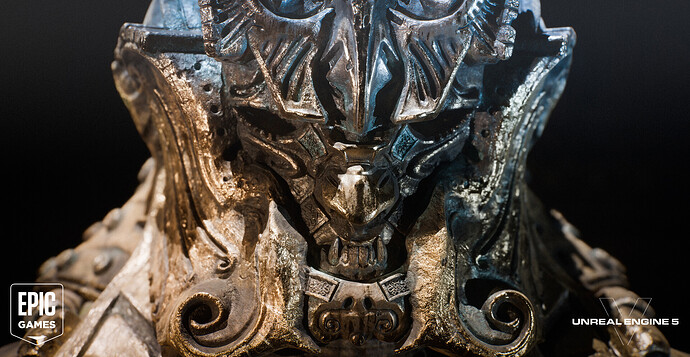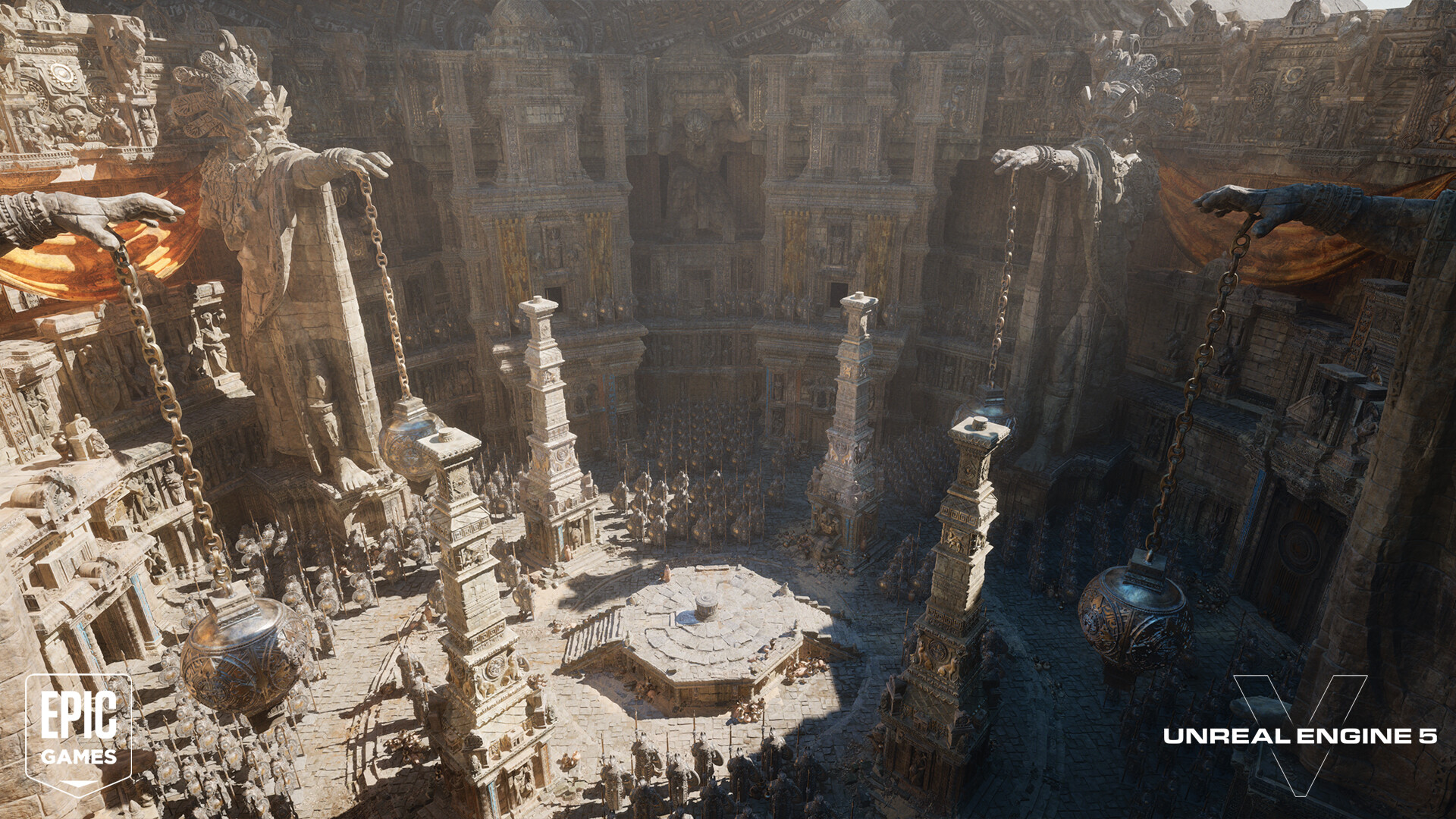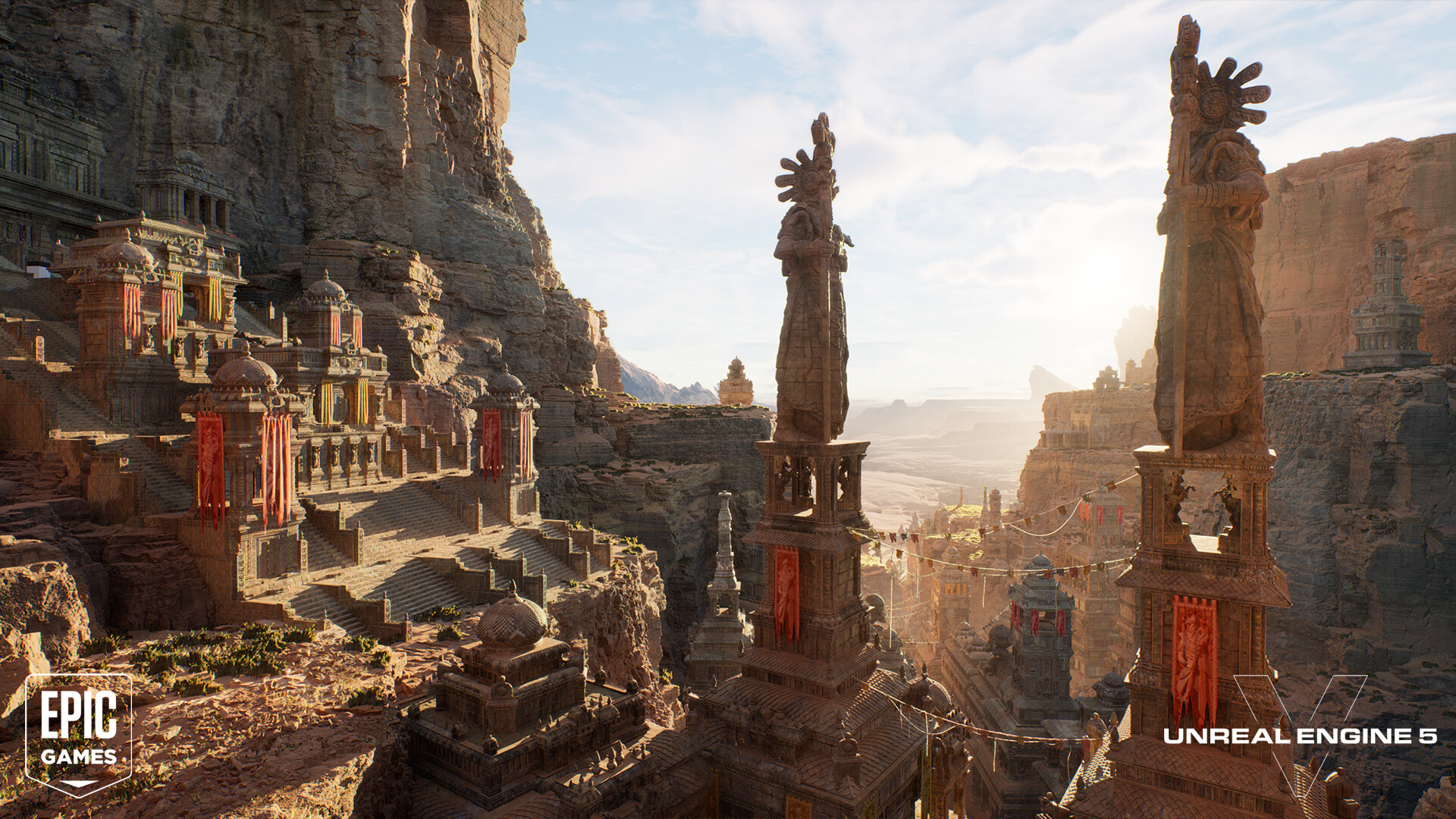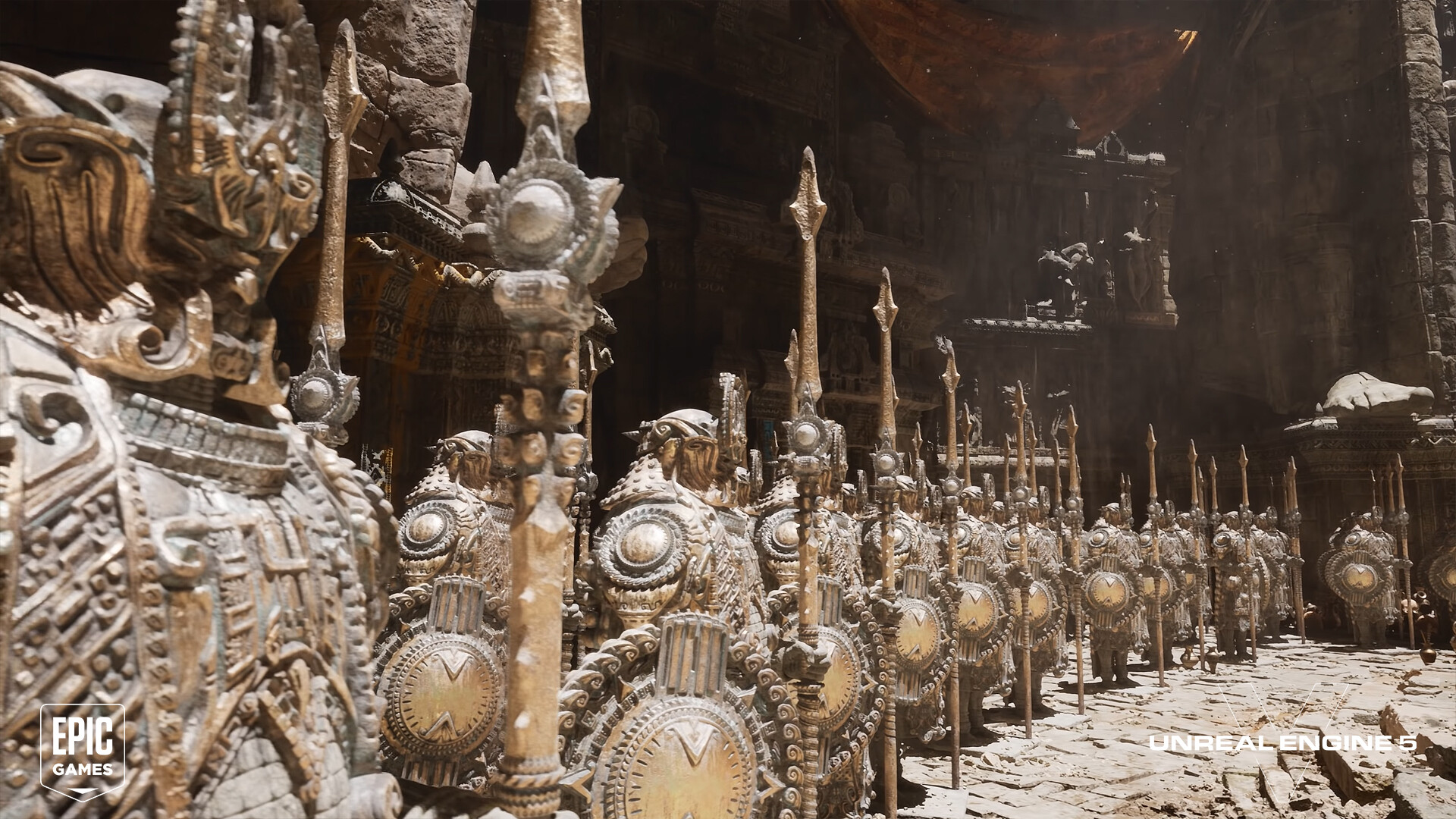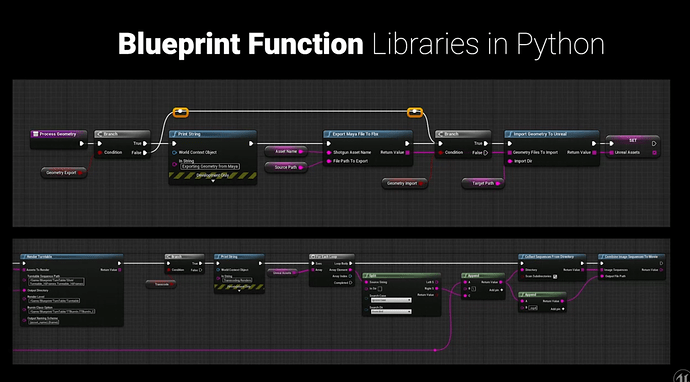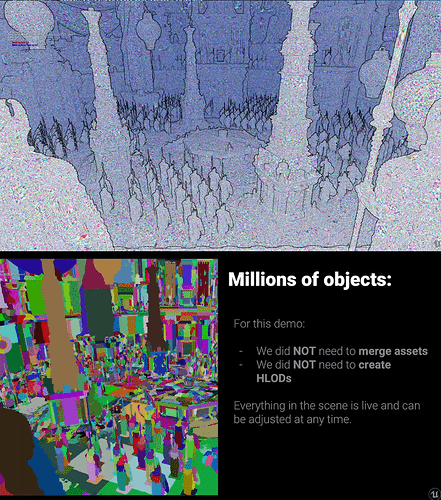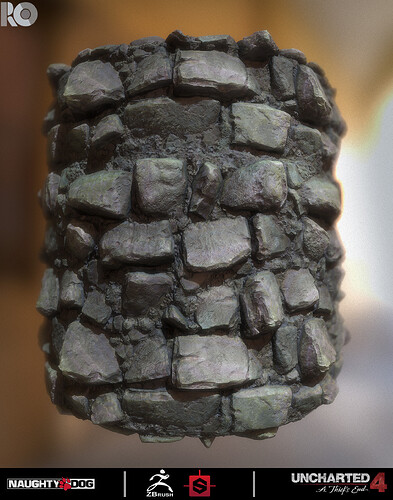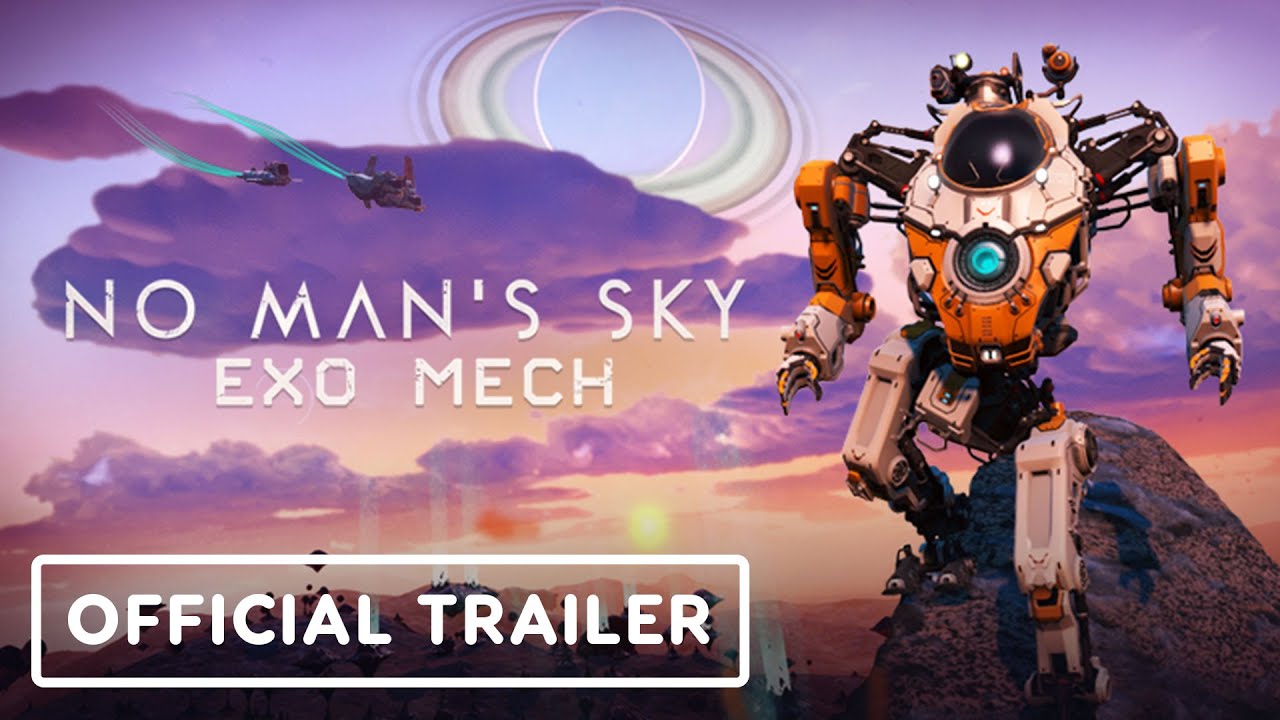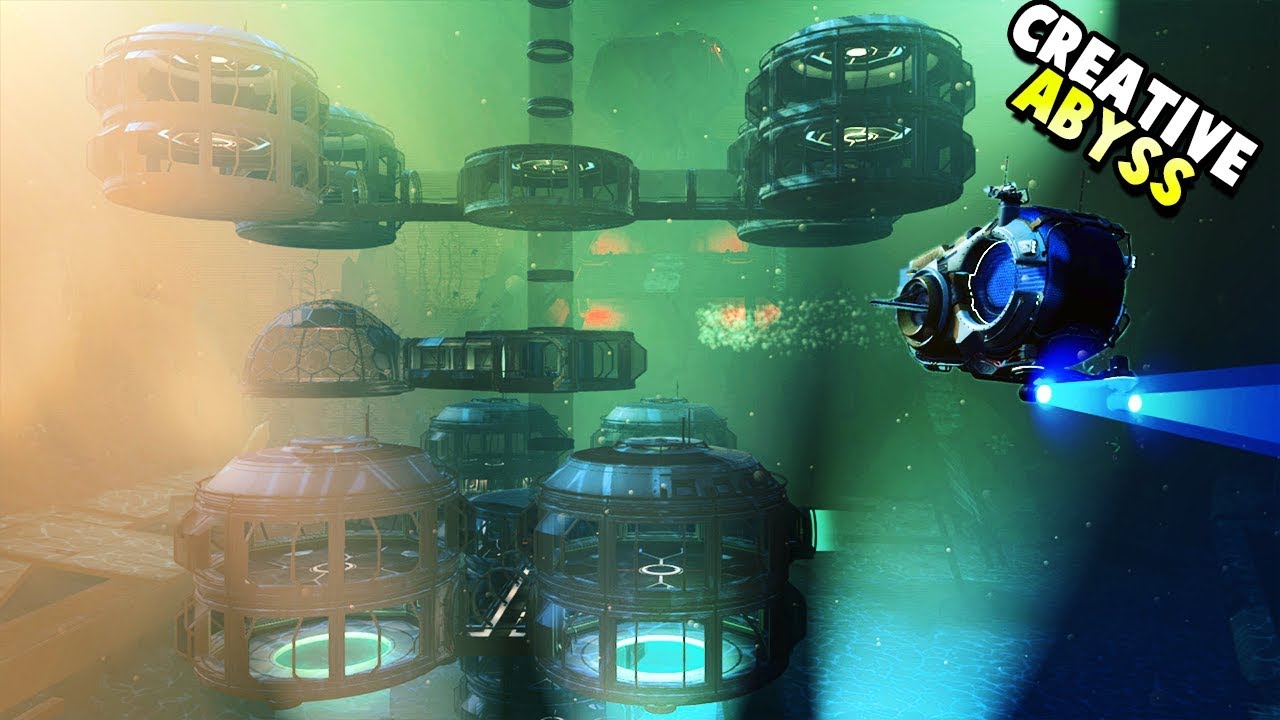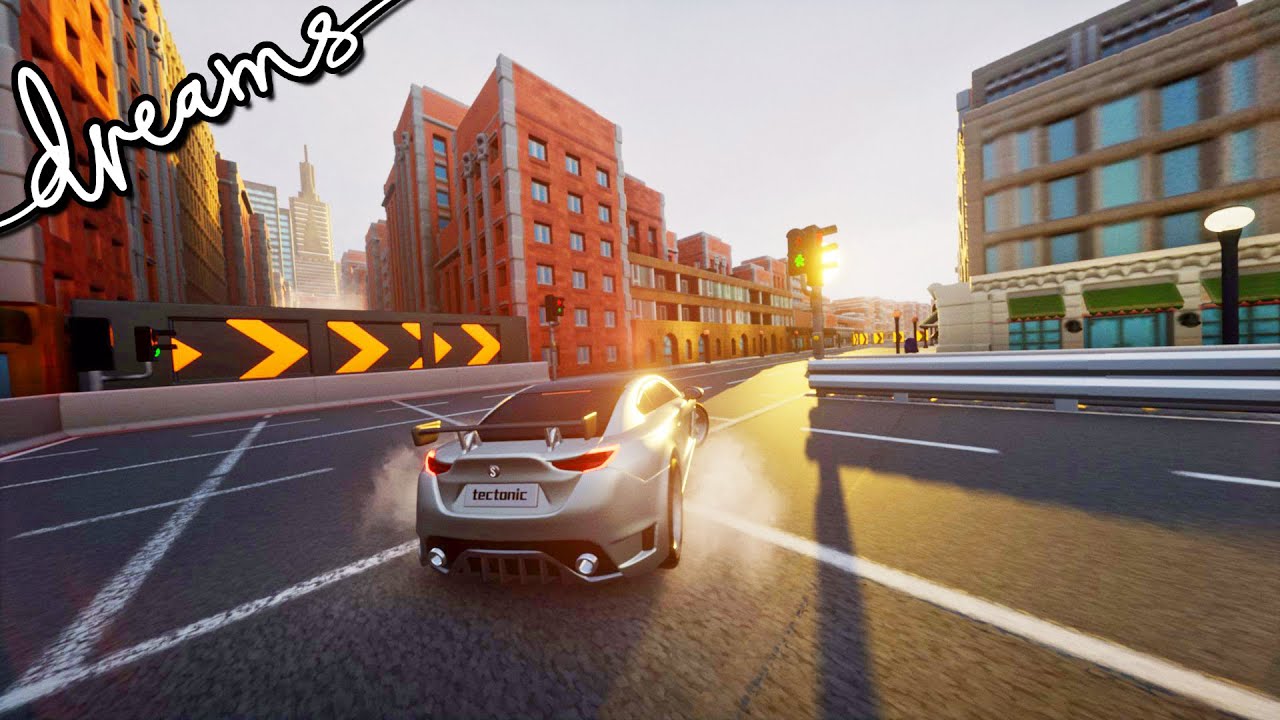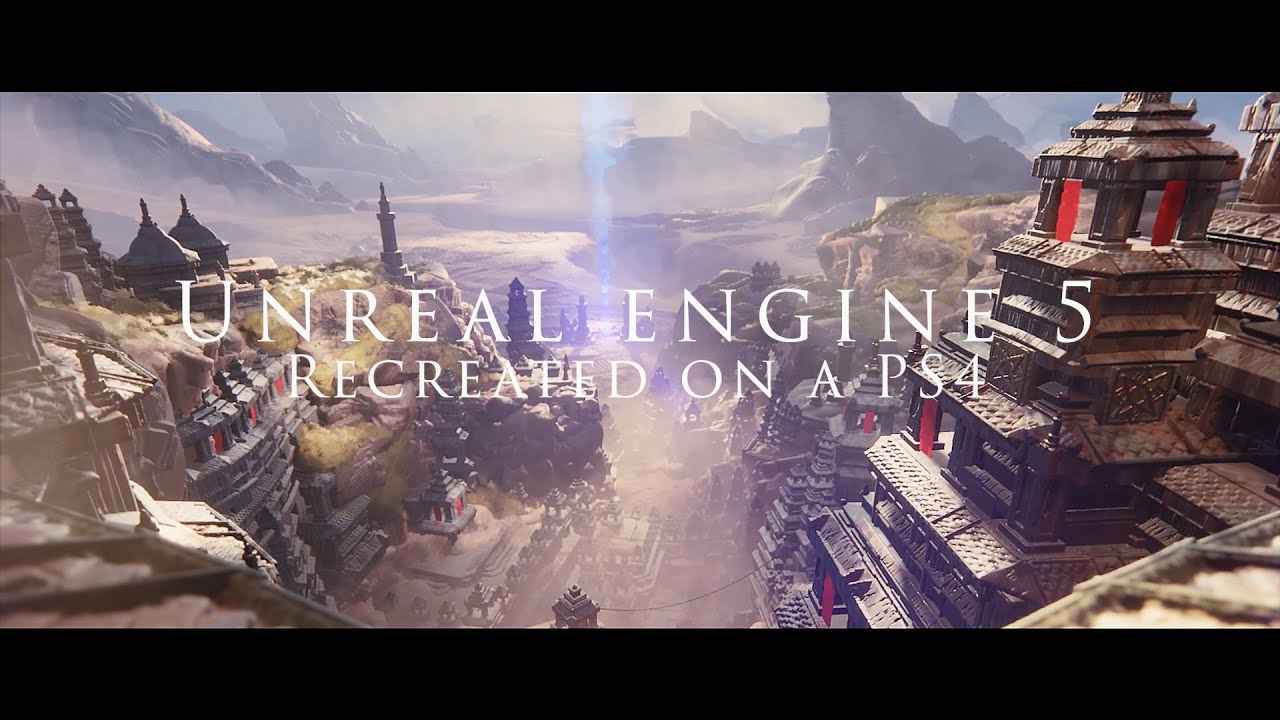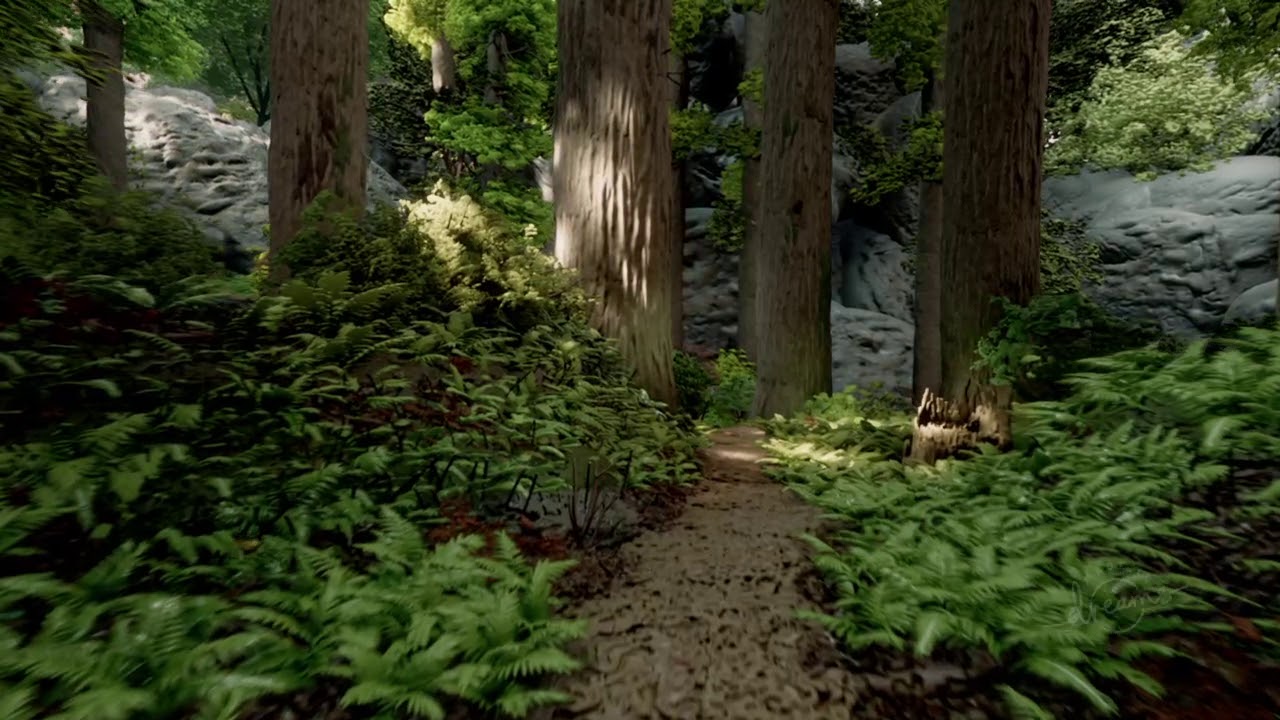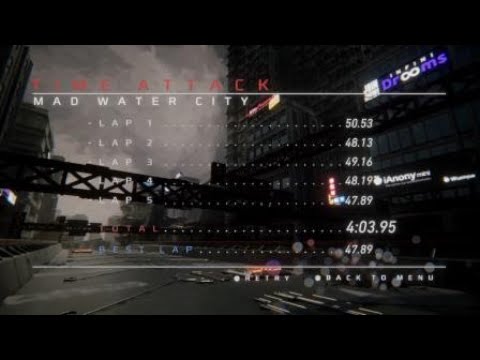They have new compression features worked on already, Nanite should have like textures a big compression for geometry data.
( And next gen consoles also have hardware build in compression/decompression to manage that even better).
Like Brian said, in the demo they pushed the detail using Zbrush model to the extreme only to stress test.
While it’s exagerated and you really don’t need to keep such amount of micro details on some statue for a game (lot of details could have been stored on a normal map).
So you can always lower the models storage size, and Nanite allows you on game packaging to adjust the game size; you’ll have to choose between cinematic asset high detail and game size.
Games are always pushing graphics details, you can’t avoid it.
With features like virtual texture and virtual geometry becoming the new standard allowing even more details on screen big studios will push detail even further.
Current games like Watch Dogs 3 reach 100 or 130 Go, most big games are around 80g, that’s standard.
On current gen 4K and 8K textures is what makes games so big, on next gen geometry will also become as heavy as textures.
For physical games disc on console, game size is not an issue.
There has been disc, 80 Go disc, Blue Ray, perhaps there will SSD game cartridges or new storage innovations.
Game size will only be an issue for internet game download on PC or console that does not have disc.
But it’s too early to worry about that, UE5 is not available, next gen games will only come lot more later.
Perhaps the solution is simply pre download the game one or two days before , many games already do that allowing to preload the game one month before.
Worst, big studios will no more ask you to worry about game size or installing games on console or PC, this will be their work and they will onloy ask you to play only remote games as service
No more game size or installation worry, just pay subscription and pay games prices they choose ![]()
